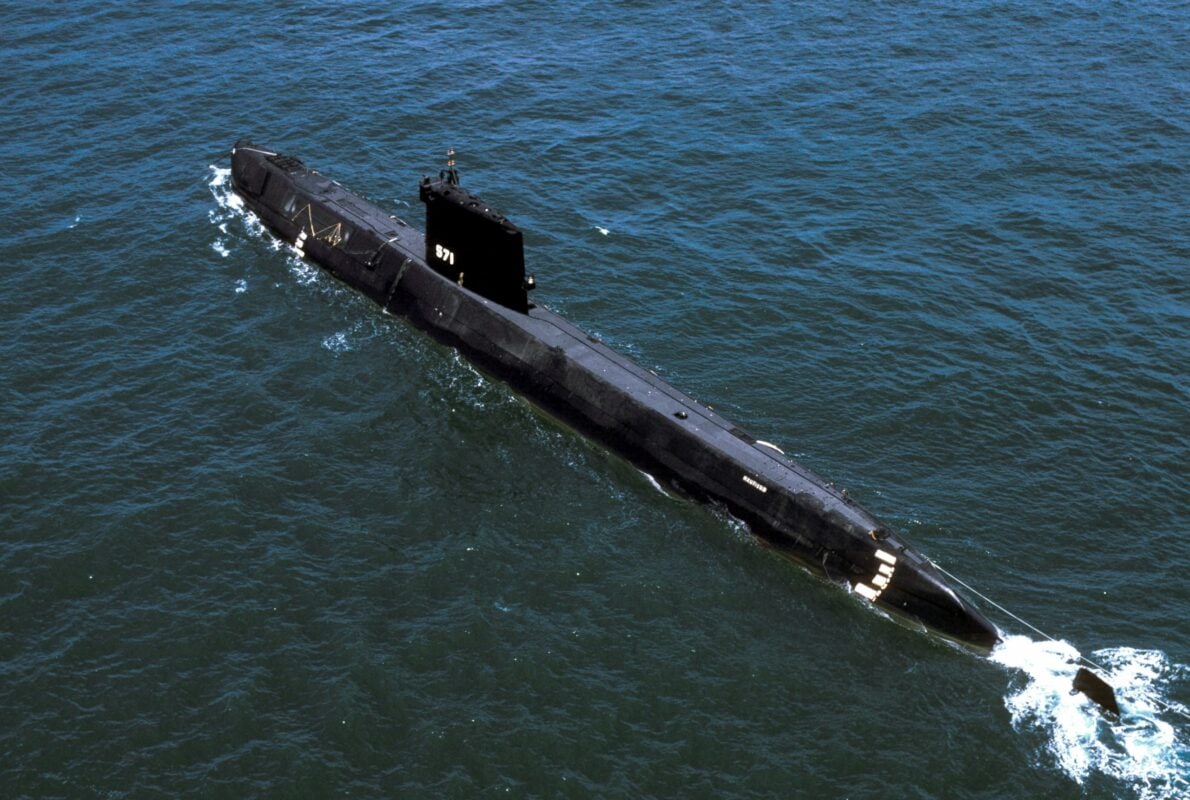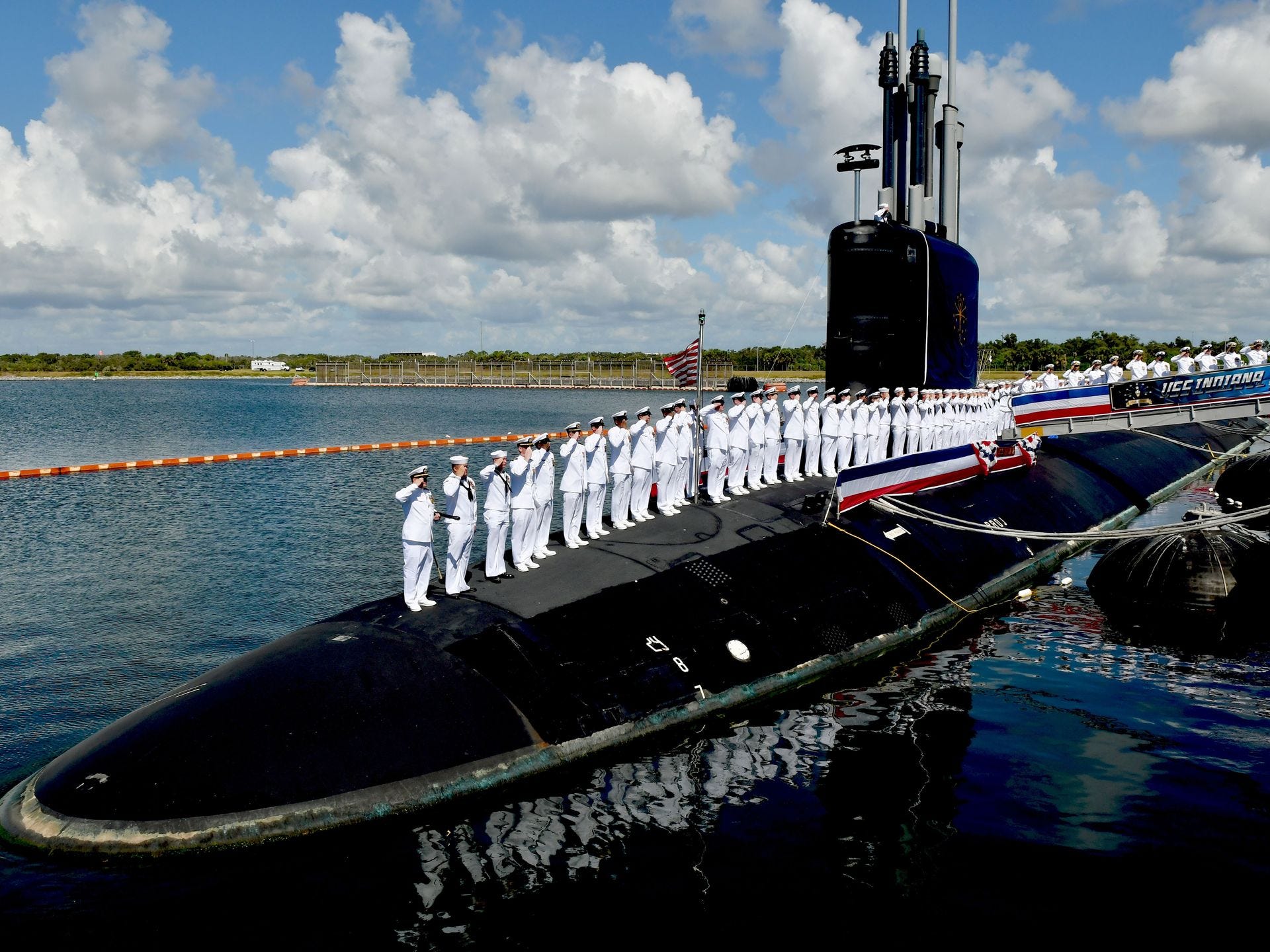


They were followed by a series of 23 specifically designed Project 629 (Golf class) SSBs completed 1958–1962, with three vertical launch tubes incorporated in the sail/fin of each submarine. įive additional Project V611 and AV611 (Zulu V class) submarines became the world's first operational SSBs with two R-11FM missiles each, entering service in 1956–57. This submarine launched the world's first SLBM, an R-11FM (SS-N-1 Scud-A, naval modification of SS-1 Scud) on 16 September 1955. The first nation to field ballistic missile submarines (SSB) was the Soviet Union, whose first experimental SSB was a converted Project 611 (Zulu IV class) diesel-powered submarine equipped with a single ballistic missile launch tube in its sail. Imperial Japanese Navy I-400-class submarines are considered the strategic predecessors to today's ballistic submarines, especially to the Regulus missile program begun about a decade after World War II. Although these forces served until 1964 and (on the Soviet side) were augmented by the nuclear-powered Project 659 (Echo I class) SSGNs, they were rapidly eclipsed by SLBMs carried by nuclear-powered ballistic missile submarines (SSBNs) beginning in 1960. The first sea-based missile deterrent forces were a small number of conventionally powered cruise missile submarines (SSG) and surface ships fielded by the United States and the Soviet Union in the 1950s, deploying the Regulus I missile and the Soviet P-5 Pyatyorka (SS-N-3 Shaddock), both land attack cruise missiles that could be launched from surfaced submarines. ( December 2015) ( Learn how and when to remove this template message) You may improve this section, discuss the issue on the talk page, or create a new section, as appropriate. The examples and perspective in this section may not represent a worldwide view of the subject. Smaller numbers are in service with France, the United Kingdom, China and India North Korea is also suspected to have an experimental SSBN. The deployment of SSBNs is dominated by the United States and Russia (following the collapse of the Soviet Union). They can fire missiles thousands of kilometers from their targets, and acoustic quieting makes them difficult to detect (see acoustic signature), thus making them a survivable deterrent in the event of a first strike and a key element of the mutual assured destruction policy of nuclear deterrence. These submarines became a major weapon system in the Cold War because of their nuclear deterrence capability.

The United States Navy's hull classification symbols for ballistic missile submarines are SSB and SSBN – the SS denotes submarine, the B denotes ballistic missile, and the N denotes that the submarine is nuclear powered. Soviet Project 667BD (Delta II class) nuclear-powered ballistic missile submarineĪ ballistic missile submarine is a submarine capable of deploying submarine-launched ballistic missiles (SLBMs) with nuclear warheads.


 0 kommentar(er)
0 kommentar(er)
